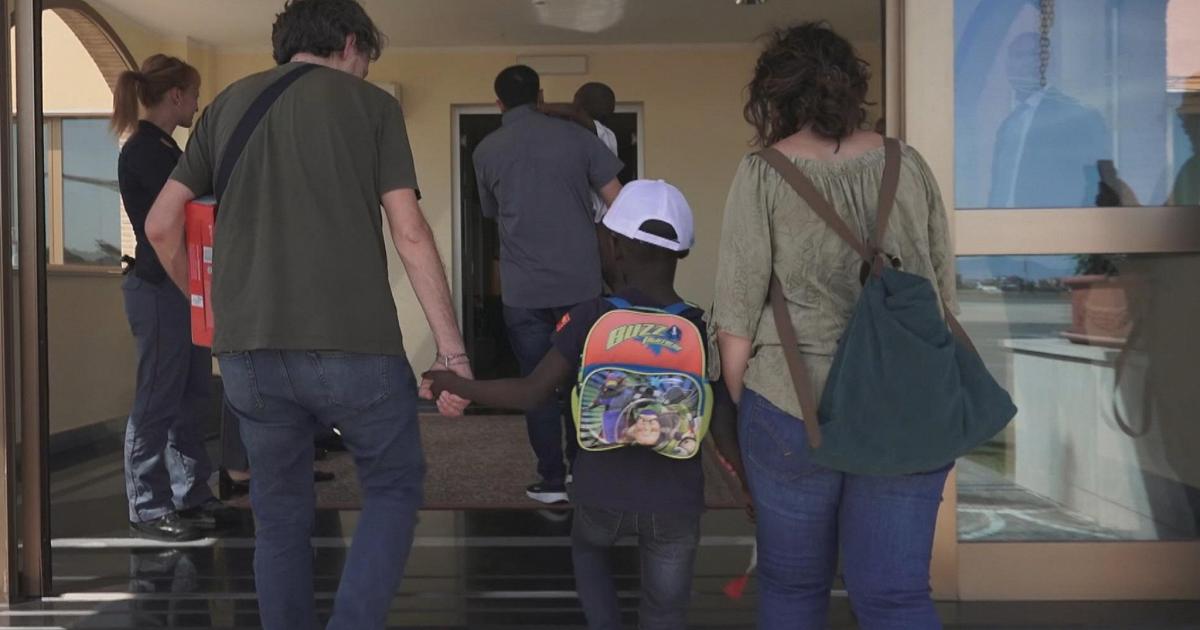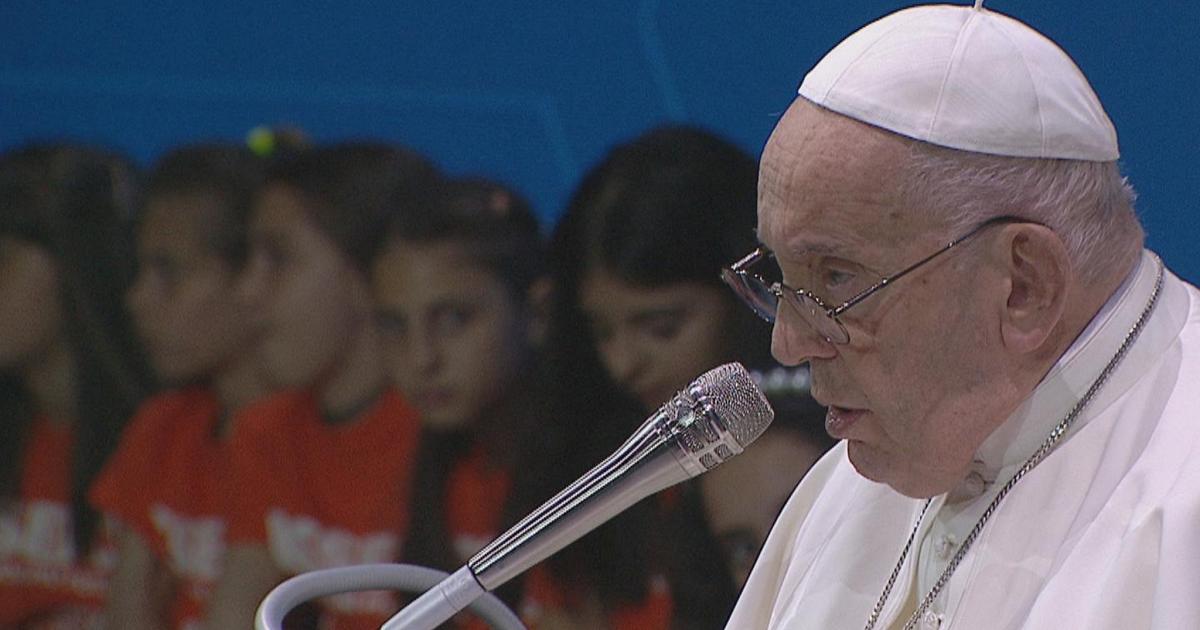Transforming Gaeta into a laboratory of modern art and culture, allowing artistic initiatives to breathe without contamination in their developments. The Triennale Il blu e l'immensità del mare was born with this objective, one of the strong points of the project with which the city of Lazio is applying for the title of Italian Capital of Culture 2026: “Our intention – said the mayor, Cristian Leccese, during the press conference presenting the event – is to make Gaeta a vast tourist and cultural reference point, with an offer that is not limited to the summer months but which allows us to be a place of attraction 365 days a year. In addition, we have a rich historical-naturalist and historical-artistic heritage which it goes from Roman times to the second half of the 18th century, the characteristics necessary to begin and consolidate a cultural journey that can help us know ourselves better and transmit our identity“.
A three-year cultural trip planned by Cethegus scpa, organized by Giuseppe Daghino and Pierluigi Carofanowill start in October this year and end in April 2027: “We are convinced -explains Daghino- that ancient and contemporary art are together capable of intercepting Italian and international demand. With a universal language that unites worlds once distant from each other, generating a breakdown of cultural barriers that requires a new way of creating culture. Ideas, images, experiences and visions circulate rapidly on the Internet, generating synergies necessary to allow initiatives to express themselves in all their essence. All this, made magical by the support of new technologies to disseminate, support and support the development of traditional cultural and museum exhibitions through IT solutions, applications for smartphones and tablets, gaming and digitization systems, including modeling 3D of objects, contents and elements. cultural, artistic, historical and architectural“.
In short, the Triennale wants to build the reputation of Gaeta as a place of excellence for cultural events and to make it more attractive, as recalled during the meeting marked by the extraordinary presence of the Gorgona Grezza, a sculpture by the great master Igor Mitoraj: “In this way -underlines the mayor of Lecce- we want to increase tourist flows by promoting seasonal adjustment, produce wealth for the local economic system, guarantee strong media exposure to the city, propose a functional education development project and, why not, promote a system architecture based on economies of scale. In other words, we want to be known nationally and internationally, not only for its beaches and clean sea, but also as a center of cultural attraction. A mythological history, ours, rich in testimonies of men and women who defined the contours of modern civilization. Leaders, statesmen, kings and queens, saints, adventurers, artists and scientists who make Gaeta known in the Mediterranean atlas“.
More than 60 events are included in the bid for Capital of Culture 2026, a three-year cultural journey 2024/2027 from ancient to contemporary art between Nature and Myth, masterpieces ranging from Caravaggio to Igor Mitoraj, via Botticelli, Titian, Manet, Boudin, Haring capable of intercepting Italian and international demand with a first major exhibition from October 2024, “METAMORFOSI”, included in this three-year period of exhibitions called “MEDUSA”, whose symbolism combines marine and mythological elements, given the strong link between the sea and the culture of this territory.
“Medusa, one of the three Gorgons, is today -recalls Carofano- a true pop icon, full of charm which has not lost its shine over the centuries. His seductive beauty of gaze, combined with the terrible petrifying power, make him a timeless figure, capable of inspiring authentic masterpieces like those of Cellini, Caravaggio and Rubens, but also great artists of the 20th century like Giulio Aristide Sartorio to Igor Mitoraj. . The exhibition intends to retrace, through significant examples, the figurative fortune of this myth, highlighting its multifaceted relevance, a symbolic image resulting from a mythical story based on collective memory.“.
Likewise, the exhibition dedicated to Metamorphosis is inspired by the text of the same name by Ovid which immediately enjoyed great success: “The myths of the gods and their transformations, the celebration of the Trojan heroes until their arrival in Latium with Aeneas, the triumph of Julius Caesar and the prophecy of the greatest glory of Augustuswith which the poem ends, made this book -concludes the teacher. Carofano– a sort of accessible sum not only of the history of humanity in its relationship to the divine, but also of Rome itself and therefore of the Latin world at its peak. The exhibition route will have a modular character, organized in a chronological and thematic sense: protagonists (demigods, heroes, rank but also humble characters) who undergo changes (nova corpus) in animals (such as, for example , Callisto in Ursa; the daughters of Anio as doves), in trees or flowers (Cyparissus and Narcissus) or in minerals (Niobe), but also in water sources (Arethusa, Cyane, Egeria) or even in echoes. Another path will be that of the protagonists who change sex (Iphides, Caeneus, Hermaphroditus) or who pass from a lower state to a higher state (Deucalion and Pyrrha, Pygmalion, the ships of Aeneas into sea nymphs)“.

